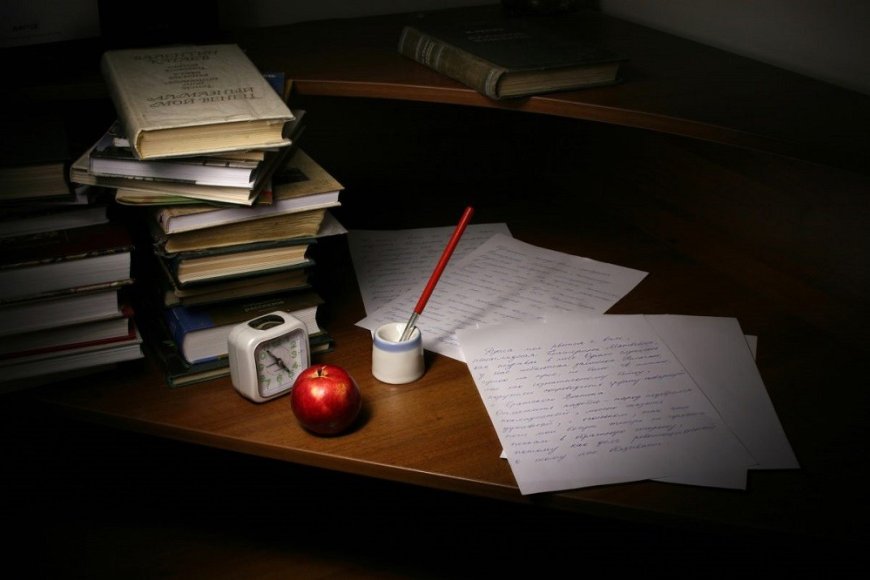Four original ideas for the development of students' writing talents
Writing an essay is a real challenge for many students. Sometimes it is quite difficult to express one's own thoughts orally,

A selection of interesting exercises that will help to diversify literature lessons.
Writing an essay is a real challenge for many students. Sometimes it is quite difficult to express one's own thoughts orally, let alone in writing. Especially if it interferes with one's own "inner critic", because of which the student fears that his thoughts will be devalued and ridiculed by adults.
Meanwhile, the skill of writing one's own thoughts is extremely important in the process of developing thinking in general and creativity in particular.
How to teach students to express their own thoughts in an original, exciting, argumentative and witty way? We offer a selection of interesting exercises that will definitely be useful for language teachers and help to diversify lessons.
An essay about the person who impressed or changed his life for the better
Everyone in life has a person who influenced the formation of personality, became an example to follow or even one who had to see only once, but she was remembered for a lifetime for a certain good deed.
Principle of performance: Invite students to write an essay about a well-known person or stranger who pleasantly surprised them at one time. What kind of person was she, what did she remember and why did the student impress her.
This exercise helps students learn to analyze and express their thoughts on any topic, as well as effortlessly cultivates the understanding that doing good deeds is not difficult at all, but it is extremely important!
A letter to yourself in the past
Many famous and successful people write their own memoirs, in which they tell about their lives, the thorny path to success and share their own experiences. However, to write such memoirs it is not necessary to be famous or even an adult!
How it works: Invite students to remember their little ones and write a letter to themselves in the past: to make them want to tell their little one how to inspire, what to warn, or just analyze what each of them has already achieved. After all, at any age, each of us has our own achievements that we can be proud of!
In one of the previous materials, Letter to the Future: A Simple and Interesting Technique That Helps Achieve Goals and Casual Self-Analysis, we wrote about the exercise of writing a personal letter to the future in which to describe your dreams and goals, for example, next year. This exercise allows not only to analyze their own desires, but also to master the skill of goal setting and awareness of their own priorities for students and adults.
Using both of these exercises is a great way to introspect, develop critical and creative thinking.
Three questions
Most students, especially junior and middle school students, enjoy making up a variety of stories. This exercise perfectly stimulates the development of creative thinking and imagination.
How it works: Write three random questions on the board and ask students to make up a story with a random plot. Prerequisite - the plot of the story should be based on fictional answers to questions suggested by the teacher.
The first example of questions:
- What is under the school building at a depth of one kilometer?
- How can this be used?
- What will change in 1000 years?
The second example of questions:
- What flew out the window?
- Why was she happy?
- What do they dream about?
Principle of execution:
For high school students, you can complicate the task by offering to write an essay in a certain style.
Noisy city. Autumn cold rain breaks down. People are in a hurry to hide in a warm and dry place. Others walk quietly under an umbrella. And only a homeless kitten sitting under a bench near the supermarket has nowhere to run. He froze and got completely wet.
How it works: Invite students to write a monologue on behalf of a cat - what he feels, what he thinks and dreams about. Let the children invent a sequel to this story.
